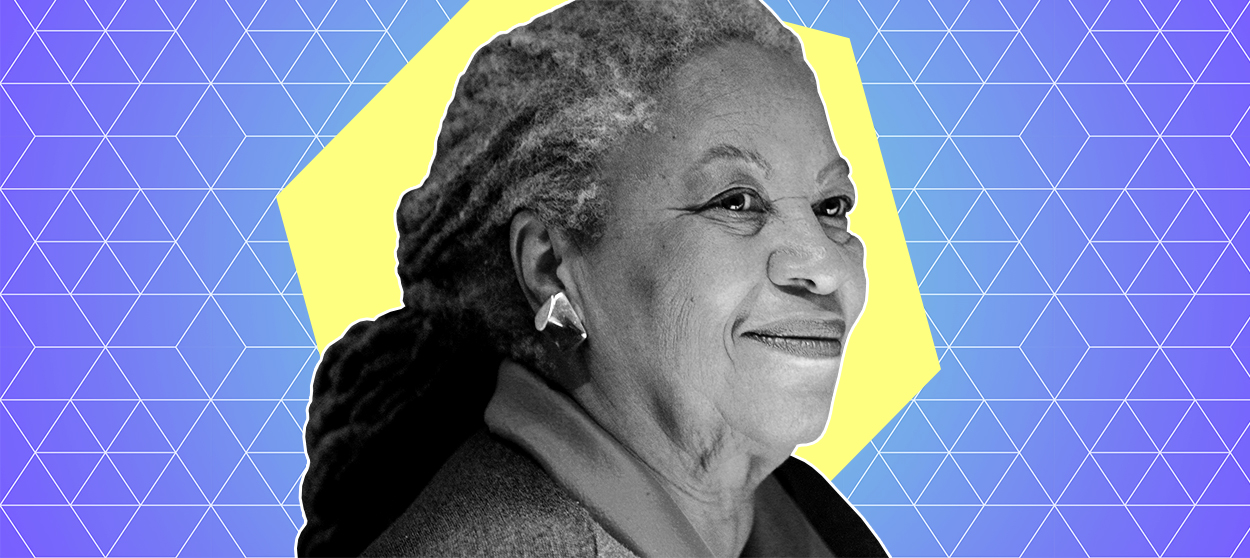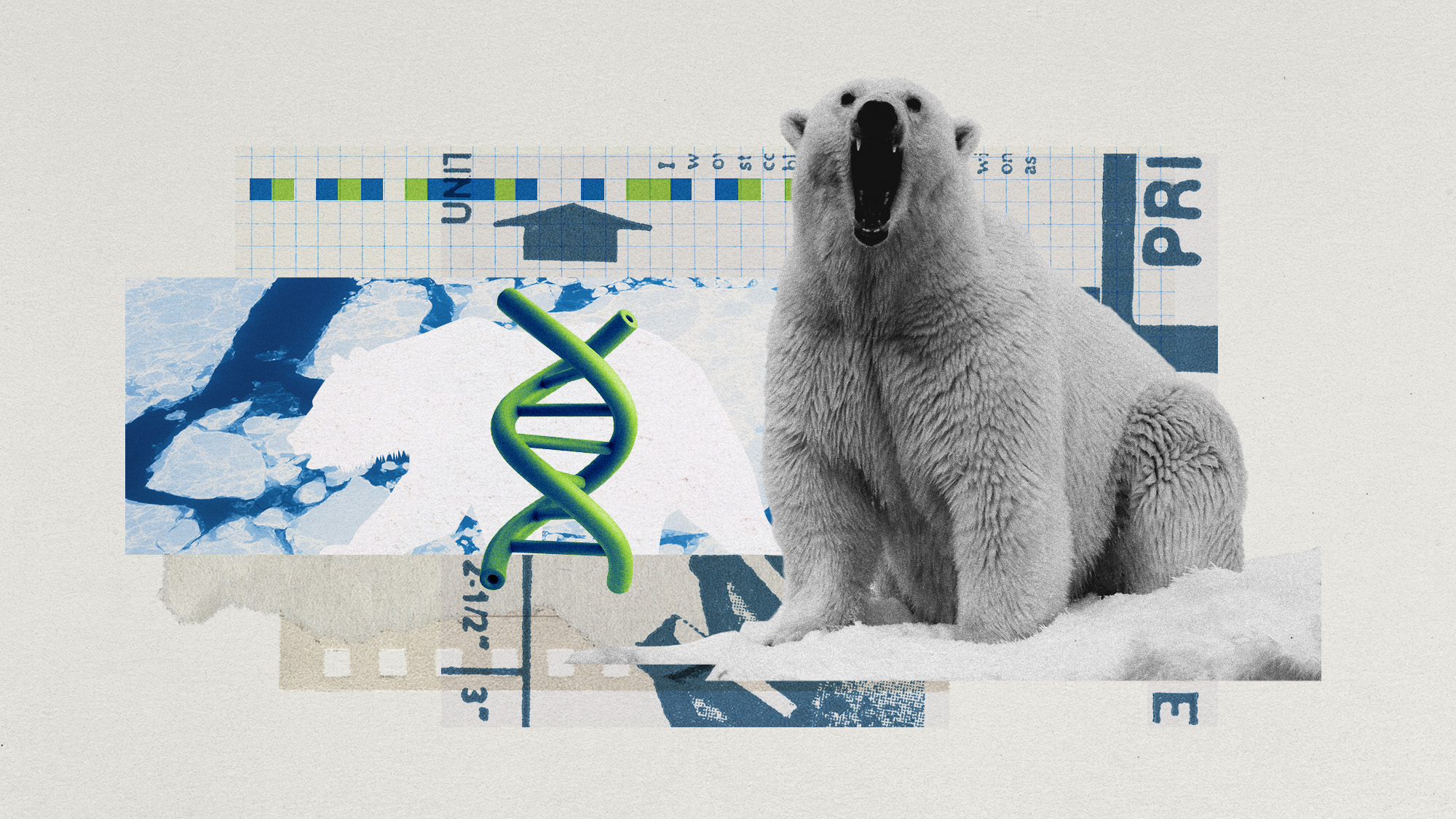Toni Morrison's legacy of language
In trying to write like Toni Morrison, I found what makes her inimitable


Author Toni Morrison died Monday in New York at the age of 88, marking a monumental loss to the American literary landscape.
Morrison won both the Nobel prize for Literature (one of only two to go to American women, and still the only ever for an African-American writer) and a Pulitzer, among countless other awards in a career that spanned five decades; indeed, it is difficult to impress to the uninitiated just how important her books truly are. She was also a prolific political commentator and a tireless advocate of black writers, inspiring even presidents. But again and again, when I think of Morrison's legacy, I think of what she described in her 1993 Nobel laureate speech as "the measure of our lives" — language.
At least part of this association is because when I was in college, I was given the miserable assignment of writing a pastiche of Morrison's debut novel, The Bluest Eye. "Style is born from the idea that the writer is trying to express," our syllabus helpfully informed those of us about to set out on such an ambitious task. "That style cannot be separated from thought and content and is indeed a reflection of them — that is the founding precept of this course."
The Week
Escape your echo chamber. Get the facts behind the news, plus analysis from multiple perspectives.

Sign up for The Week's Free Newsletters
From our morning news briefing to a weekly Good News Newsletter, get the best of The Week delivered directly to your inbox.
From our morning news briefing to a weekly Good News Newsletter, get the best of The Week delivered directly to your inbox.
It was my first time reading Morrison, and under the most intimidating of circumstances — to try to imitate the inimitable. Being a literature major, I knew going in, of course, who Morrison was; along with Phillip Roth, who was still alive at the time, she was often described as being the greatest living American author. Still, I wasn't prepared for The Bluest Eye's opening. It remains my favorite among her works, a sort of devolution of a child's reading exercise. "Here is the house. It is green and white. It has a red door..." becomes in the next paragraph "Here is the house it is green and white it has a red door...," which in the next is the babble of "Hereisthehouseitisgreenandwhiteithasareddoor..."
Then comes that flooring proclamation in the voice of the novel's narrator and that, in its first edition, was printed right on the cover: "Quiet as it's kept, there were no marigolds in the fall of 1941. We thought, at the time, that it was because Pecola was having her father's baby that the marigolds did not grow..."
Morrison published The Bluest Eye at the age of 39 in 1970, and would go on to write 10 more novels in her life, the most recent in 2015. Many of her other books are more highly regarded than The Bluest Eye: Song of Solomon is an oft-cited favorite, and Beloved is perhaps the best known thanks to its Oprah Winfrey boost. In her own foreword to The Bluest Eye, Morrison expressed authorial dissatisfaction with the book, noting she'd observed "many readers remained touched but not moved."
But during those few weeks that I obsessively poured over The Bluest Eye, creasing the cover in my efforts to extract the key to cribbing Morrison's style, I was moved. By Pecola's story, yes, but also by the way Morrison fitted her words together to create images both in my mind and — in a way I still don't fully understand — in my heart.
A free daily email with the biggest news stories of the day – and the best features from TheWeek.com
Sometimes it was as simple as a perfect simile that would ring, almost musically, on the page. "She left me the way people leave a hotel room," begins one passage. "Their conversation is like a gently wicked dance: sound meets sound, curtsies, shimmies, and retires," goes another. Still others are simple and still: love is as "thick and dark as Alaga syrup," teeth are "stuck like two piano keys between red bowline lips," and nuns "go by as quiet as lust."
Then there are Morrison's long passages of dialogue, which sometimes run on unbroken by the signifier of "he said" or "she said." Even her most minor characters' commentaries are used to ground the narrative in a tradition that is distinctly more oral than the rest of her prose. "My choices of language ... are attempts to transfigure the complexity and wealth of Black American culture into a language worthy of the culture," is how Morrison describes her effort in the foreword. Children are given children's voices ("she's ministratin'"), and the prose is often shaken by the devastating simplicity of their colloquial observations ("Nobody's father would be naked in front of his own daughter. Not unless he was dirty too").
I can't remember anything about how my pastiche eventually turned out — no doubt it was an embarrassingly clumsy attempt to replicate the way Morrison slices straight through the distractions of language that bog the rest of us down in the act of what Oprah calls "truth-telling." Morrison's abilities, after all, transcended the sort of stylistic language that can be palely mimicked. Her novels cut with urgency because of the content driving the style to begin with, content that is often dark and reckoning, and that most writers aren't brave enough to look at straight on.
Only years later did I stumble on Morrison's "Art of Fiction" interview, in which she says "it is what you don't write that frequently gives what you do write its power." And that, I think, is the key I'd been looking for, but could never myself have fit into the lock. Not many can because, for Morrison, "language" isn't as simple as what gets printed. It is also what has been lived, what has been felt, and what lies, slick and sharp as a trap, between those glorious words.
Jeva Lange was the executive editor at TheWeek.com. She formerly served as The Week's deputy editor and culture critic. She is also a contributor to Screen Slate, and her writing has appeared in The New York Daily News, The Awl, Vice, and Gothamist, among other publications. Jeva lives in New York City. Follow her on Twitter.
-
 January’s books feature a revisioned classic, a homeschooler's memoir and a provocative thriller dramedy
January’s books feature a revisioned classic, a homeschooler's memoir and a provocative thriller dramedyThe Week Recommends This month’s new releases include ‘Call Me Ishmaelle’ by Xiaolu Guo, ‘Homeschooled: A Memoir’ by Stefan Merrill Block, ‘Anatomy of an Alibi’ by Ashley Elston and ‘Half His Age’ by Jennette McCurdy
-
 ‘Jumping genes': How polar bears are rewiring their DNA to survive the warming Arctic
‘Jumping genes': How polar bears are rewiring their DNA to survive the warming ArcticUnder the radar The species is adapting to warmer temperatures
-
 Venezuela’s Trump-shaped power vacuum
Venezuela’s Trump-shaped power vacuumIN THE SPOTLIGHT The American abduction of Venezuelan President Nicolás Maduro has thrust South America’s biggest oil-producing state into uncharted geopolitical waters
